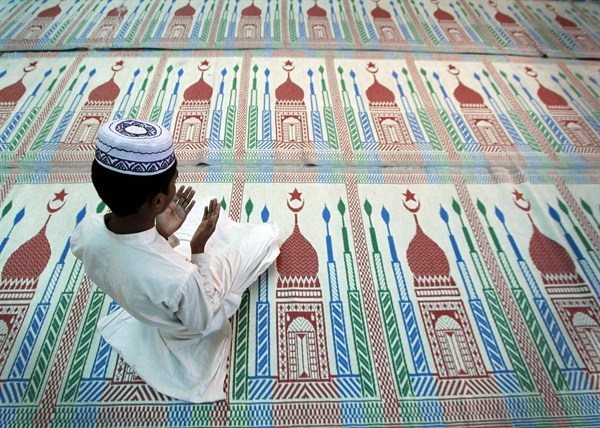The one-year anniversary of an alarming episode of anti-Muslim violence in Nepal focused attention on the community’s continued struggle to assert itself. Despite recent progress in promoting religious pluralism, many Muslims remain marginalized, neglected in politics and invisible in conceptions of national identity.
The villages of Narainapur Rural Municipality, in Nepal’s lowland Terai plains, are poor, even by the standards of one of the poorest countries in South Asia. The area does not yet have electricity, and electrical poles installed by the government stand unused. On a typical day, the main road is quiet, with just a handful of vehicles passing by each hour, creating torrents of brown dust that can be seen from miles away.
But just over a year ago, on a Monday afternoon in December 2016, the road was the site of a loud and boisterous parade. The Muslim community of Narainapur, which makes up just under half of its population, was celebrating the Prophet Muhammad’s birthday—known as Mawlid in Arabic, or Muhammad Diwas in Nepali. Several thousand men, women and children rode on motorcycles and tractor-drawn trailers, waving flags bearing the shahadah, the Muslim declaration of faith, and chanting lines of Islamic poetry and singing religious songs. In addition to honoring Muhammad, the parade is a rare chance for Muslims, who account for just under 5 percent of Nepal’s population, to celebrate their identity.

